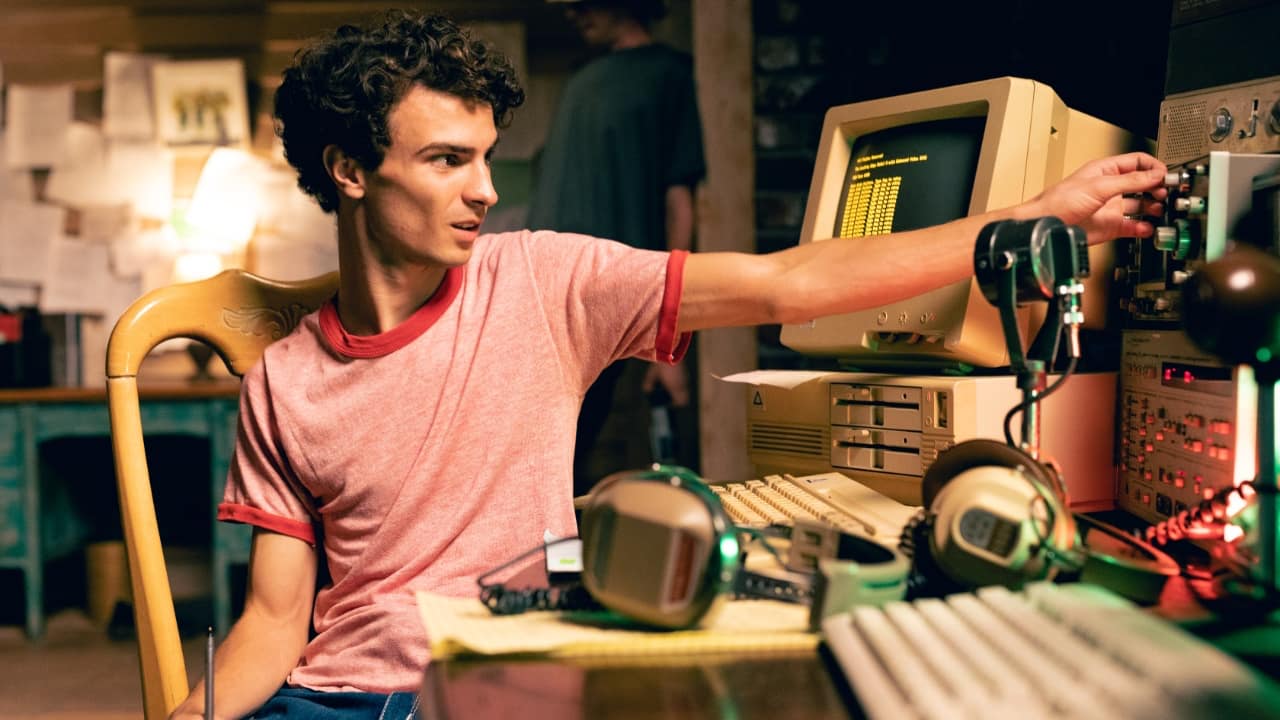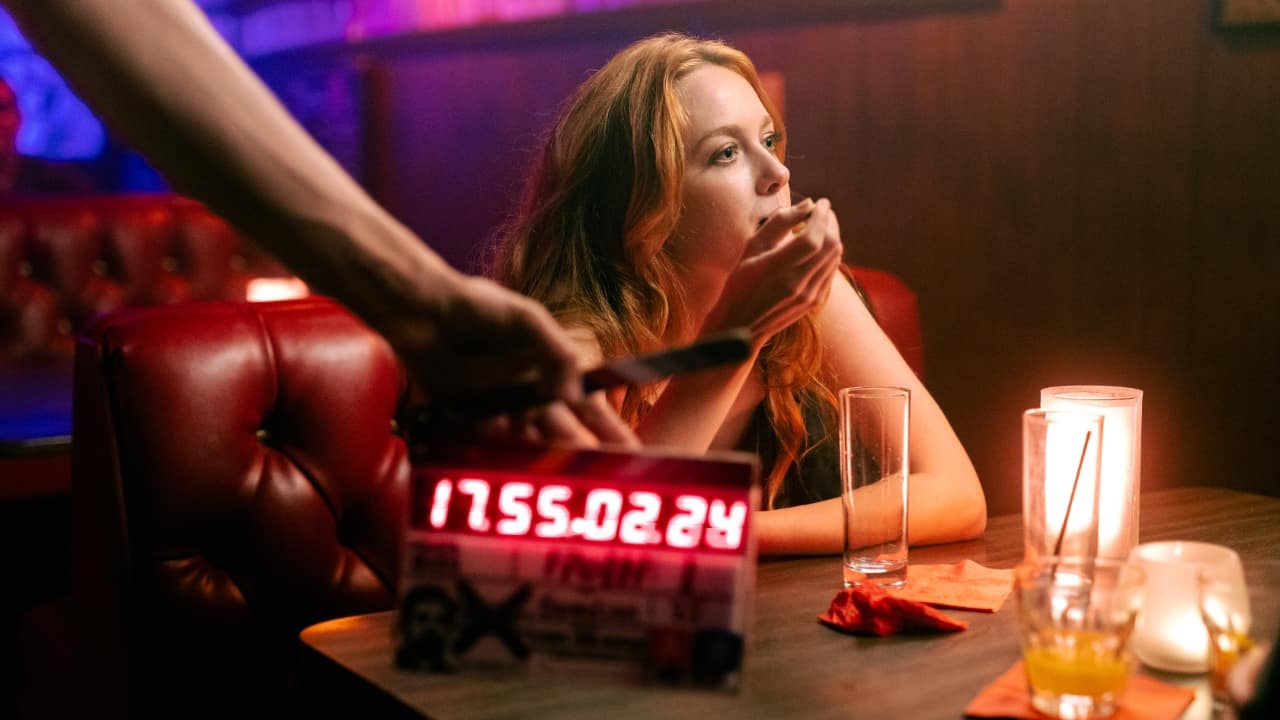
Munich-based Superama Filmproduktion produced 40 short films for its 25th anniversary 8x new episodes of Beyond Belief: Fact or Fiction using Blackmagic Cloud.
This story came into us from Blackmagic itself, but it’s a good one so we’re going to run it pretty much as it is. It shows just what can be achieved nowadays using cloud-based workflows.
Take it away guys…
40 films, 40 days
Shooting forty unique films in 40 days (and 40 nights) while simultaneously editing on another continent – and delivering ten of them to air in just five weeks - could be a record-breaking feat for TV production. The achievement was made possible with a picture post workflow delivered through DaVinci Resolve Studio with Blackmagic Cloud for remote collaboration.
Beyond Belief: Fact or Fiction is an American anthology created, produced and broadcast by Fox from 1997 to 2002, hosted by Jonathan Frakes (Star Trek: The Next Generation). Each 45-minute episode features five dramatized stories about supernatural events, myths and legends, vampires or ghosts or golems, some of which are complete fiction and others are based on fact. It is up to the viewer to guess which are true and false.
“Beyond Belief: Fact or Fiction is a cult classic in Germany where it is known as X-Factor: Das Unfassbare (The Unfathomable),” explains Holger Frick, co-founder of Munich-based Superama Filmproduktion. “The four original series have run almost continually on TV here since first release. Part of its appeal is that each individual story is shot and told as if it were a movie. Now there is a chance for a new generation to get to know and love the show.”
To coincide with the show’s 25th anniversary, Superama was commissioned for a fifth series of 8x45’ by German broadcaster RTL2. A previous attempt by RTL2 to reboot the format in 2018 had transplanted production from LA to Germany but failed to win over fans.
Frick explains, “RTL asked us to make eight new episodes but to produce them in English language, shooting in LA with American actors and locations so that the show looks like it did in the 1990s. That task was too big for one small production company, so we brought in our colleagues at Wiedemann & Berg Film Production (producers of Netflix original Dark).”
Ambitious targets
Wanting to premier the show over Halloween 2022, RTL2 set the producers an ambitious target to shoot, finish and deliver the first two episodes in less than two months. To maximize crew time and travel budget, Superama photographed all 40 short films over nine weeks on location in LA between August and September. This included time recording host Jonathan Frakes’ pieces to camera.
The schedule was so tight there wasn’t time to build repeat sets. They selected outdoor locations such as houses, streets and woods and studios with prebuilt sets for a hospital, courtroom or bar. They also shot at the Four Aces Movie Ranch, which contains a diner, motel and gas station surrounded by desert.
“We tried to get as many filming days within the same area so we could leave production trucks overnight,” Frick explains. “For example, we shot for two weeks at Four Aces dressing the sets for stories in the 1970s and another for a 1900 Western.”
Postproduction was another logistical challenge. “To meet our deadline, I knew we had to edit the same day we started shooting,” says Frick, who was project showrunner and co-producer. “When we returned to Germany at the beginning of September I wanted to have a first rough edit to review.”
Adding to the pressure on time was the requirement to dub the English dialogue into German – just as the original series had been.
“To produce the dub, we had to get the edit done, then translate the script to German and have a dubbing director and writer ensure we matched lip sync. Every character in every story was recast with a voice actor. Usually this process takes weeks but we had to complete two shows in a little over a month including sound design, grading and VFX.
“Having the picture post within DaVinci Resolve Studio and the entire project managed in Blackmagic Cloud was essential.”
Workflow

Shot on location in LA, the series was posted on a tight schedule in Germany. Pic: Marshall Hall
On location in LA, a data wrangler took each full card and backed the media up onto two drives. Simultaneously, the Blackmagic Proxy Generator was set up to auto render proxies for transfer via Dropbox to Superama in Germany ready for its editors to begin work immediately.
On arrival at the facility, the project was imported into DaVinci Resolve, and a project library was set up on Blackmagic Cloud. Superama assigned three editors to the show, two within the Munich area and a third in the north of Germany, all connected via Blackmagic Cloud.
“Every 5-7 minute story needed 2-3 days to edit so, doing the math, we needed more than one editor to get the job done in time,” Frick says. “A secure, collaborative and fast cloud workflow was essential.”
Each editor had a hard drive containing the proxy files mirrored to projects managed using Blackmagic cloud. “The whole project with all forty stories was run in the cloud,” says Till Diener who managed the project for Superama. “Working this way ensured everybody was able to access, open and collaborate on the one project file whether for edit, colour correction or VFX.
“We could create a single timeline for each of the 40 stories and then a new set of timelines for the five stories per episode, including the addition of Jonathan Frakes’ presentation, bumpers, credits and subtitles. All aspects of picture post we synchronized in the cloud.”
There were other benefits of a cloud hosted workflow. Postproduction supervisor Volker Haak explains, “We were going to use Resolve as an editing and finishing tool even if we’d decided to site everyone in one location but since the pandemic was still in our minds we didn’t want to risk having everyone in one place.”
“In addition, our lead editor Sebastian Wild and colorist Florian Wolf appreciated the ability to work from their suites in their own time. There was no need to waste an hour driving to the office when they could be more productive at home. These were huge positives about working with Blackmagic Cloud.
“Another benefit was not having to worry about backup since the project is always saved in the cloud.”
Retro look
Although the original series was filmed on 16mm in a 4x3 aspect ratio and the new series is HD 16x9, the production went to some lengths to replicate the look of the classic show.
This included pairing the ‘A’ camera Alexa Classic with older lenses and filters to give the show a 1990s feel and work with Wolf to design a LUT in Fusion in keeping with the original style. “When the first two episodes aired at Halloween it was RTL’s biggest rating show in primetime and fan feedback was phenomenal,” Frick reports.
On the back of this successful reboot, RTL2 has commissioned a sixth season from Superama and Wiedemann & Berg which goes into production later this year and on which Frick intends to shoot URSA Mini Pro 12K.
“If we do that, we will shoot Blackmagic RAW and wrap the whole production in a Blackmagic Design workflow.”
Tags: Production Cloud


Comments